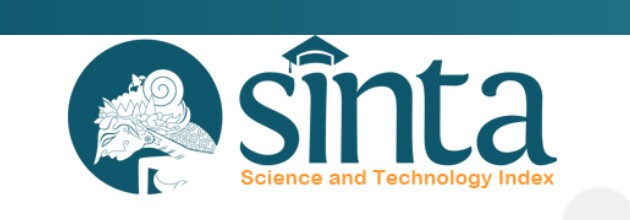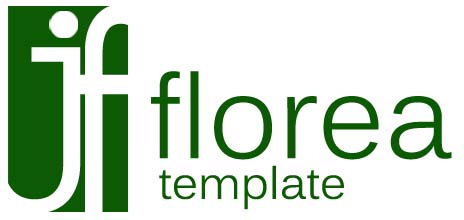INDIGENOUS PEOPLE KAMPUNG KUTA KABUPATEN CIAMIS: KAJIAN ETNOBOTANI PEMANFAATAN KELAPA (Cocos nucifera L.)
Abstract
Cocos nucifera L. is a plant species from the Areacaceae family which is widely used by the indigenous people of Kampung Kuta, Ciamis Regency. The indigenous people of Kampung Kuta are still upholding the traditions of life to maintain the balance of nature and the local socio-cultural order, but it is very unfortunate that the use of Cocos nucifera L. by the indigenous people of Kampung Kuta has not been documented in writing, so they are afraid of community traditions and local wisdom values. existing ones can be lost. For this reason, this study aims to describe the ethnobotany of the use of Cocos nucifera by the indigenous people of Kampung Kuta. This research was conducted in Kuta Traditional Village in June 2020, this research is a qualitative descriptive study using the phenomenological method, data collection using purposive sampling technique with semi-structured interviews. The informants in this study amounted to 20 people, namely 13 women and 7 men with an informant age range of 30-67 years. The results showed that there were 19 ways to use coconut which were classified into 5 categories of use, namely as a food source, building materials, used as medicinal plants, handicrafts and traditional ceremonies.
Keywords
References
Ami, M. S & Candra, E. A. (2019). Identifikasi Tumbuhan Dalam Masakan Tradisional Urap-Urap Sebagai Materi Penyusun Buku Referensi Taksonomi Tumbuhan. Edubiotik: Jurnal Pendidikan, Biologi dan Terapan, 4 (2), 83 – 92.
Batori, J. (2015). Pengelolaan Lingkungan dengan Pendekatan Etnobiologi-Etnobotani. Malang: Universitas Brawijaya Press.
Creswell, J. W. (2013). Educational Research: Planning, Conducting, and Evaluating Quantitative and Qualitative Research. Journal of Chemical Information and Modeling. https://doi.org/10.1017/ CBO9781107415324.004
Hasibuan, R., Simanullang, R. J. (2018). Pengaruh Pemberian Air Kelapa Muda Terhadap Tingkat Status Hidrasi Cairan Tubuh Setelah Melakukan Aktivitas Olahraga. Jurnal Ilmiah Ilmu Keolahragaan, 2(1). 42 – 51.
Indrosaptono, D., Sukawi., Indraswara, M. S. (2014). Kayu Kelapa (Glugu) Sebagai Alternatif Bahan Konstruksi Bangunan. MODUL, 14(1). 53 – 58.
Kriswiyanti, E. (2013). Keanekaragaman Karakter Tanaman Kelapa (Cocos nucifera L) Yang Digunakan Sebagai Bahan Upacara Padudusan Agung. Jurnal Biologi, 1. 15 – 19.
Mcinch, A., & Mcinch, A. (2019). The only way is ethics : methodological considerations for a working-class academic a working-class academic, 7823. https://doi.org/10.1080/ 17457823.2019.1631868
Mesfin, K., Tekle, G., & Tesfay, T. (2013). Ethnobotanical Study of Traditional Medicinal Plants Used by Indigenous People of Gemad District, Northern Ethiopia. Journal of Medicinal Plants Studies, 1(4), 32–37.
Pratiwi, F.M., Sutara, P.K. (2013). Etnobotani Kelapa (Cocos nucifera L.) Di Wilayah Denpasar Dan Badung. Jurnal Simbiosis, 1: 102-111
Rajakumar, N., & Shivanna, M. B. (2010). Traditional herbal medicinal knowledge in Sagar taluk of Shimoga district, Karnataka, India. Indian Journal of Natural Products and Resources, 1(1), 102–108.
Article Metrics
Abstract has been read : 653 timesPDF file viewed/downloaded: 0 times PDF file viewed/downloaded: 0 times
DOI: http://doi.org/10.25273/florea.v7i2.7886
Refbacks
- There are currently no refbacks.
Copyright (c) 2020 Florea : Jurnal Biologi dan Pembelajarannya

This work is licensed under a Creative Commons Attribution-ShareAlike 4.0 International License.
Florea: Jurnal Biologi dan Pembelajarannya indexed by:



Copyright Florea: Jurnal Biologi & Pembelajarannya
View Florea Stats





